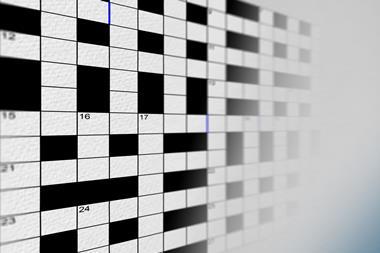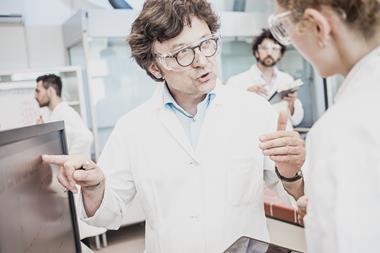Douglass F Taber and Tristan Lambert
Oxford University Press
2015 | 262pp | £71
ISBN 9780190200794

The preface of Organic synthesis tells the reader upfront that this book is comprised of weekly highlights previously published at http://www.organic-chemistry.org. After checking the web resource and being reminded of how valuable it is, I was left pondering the question: if the material contained within the book is freely available online, is there any reason to buy it?
The classification of reaction types in the contents is a useful quick reference guide, enabling you to find reactions or molecules of interest easily. Each of the 105 types is packed with examples and these are accompanied by a brief summary of each, often reflecting the authors’ enthusiasm for particularly eye-catching examples. These appraisals sparked my curiosity, and the clear referencing to the original article assists those interested in delving deeper into the literature. The presentation of the book is immaculate.
This book would be ideal for those needing to be on top of the literature in synthetic organic chemistry, but who don’t have the time to read the ever-increasing body of pertinent articles. It would also be very useful for a PhD student approaching their viva, or for the hopeful job candidate seeking a synthesis position – particularly in the pharmaceutical industry. However, for the internet-savvy, all this information is currently just a click away, without the need to fork out for a hard copy.
On balance, whilst I really like this book, and the author and reaction indexes are helpful extras, I struggle to see a good reason to invest in a copy as long as all the information remains freely available on the accompanying website.
Purchase Organic synthesis: state of the art – 2011–2013 from Amazon.co.uk












No comments yet